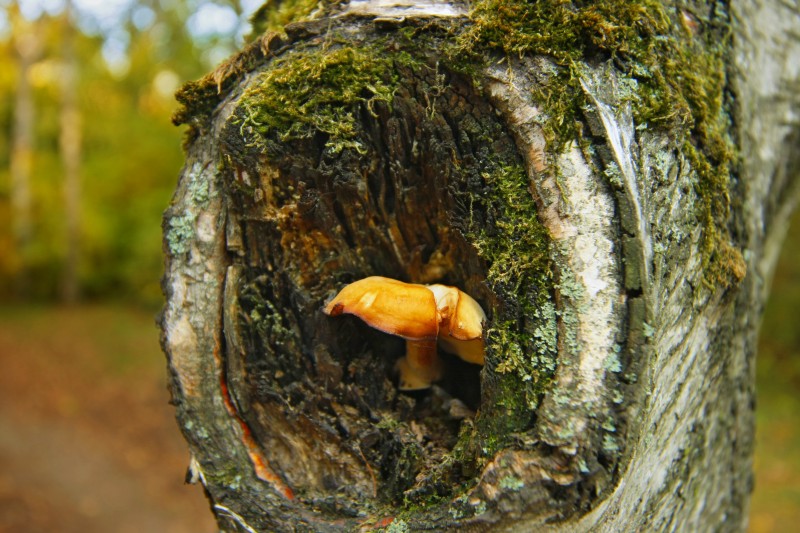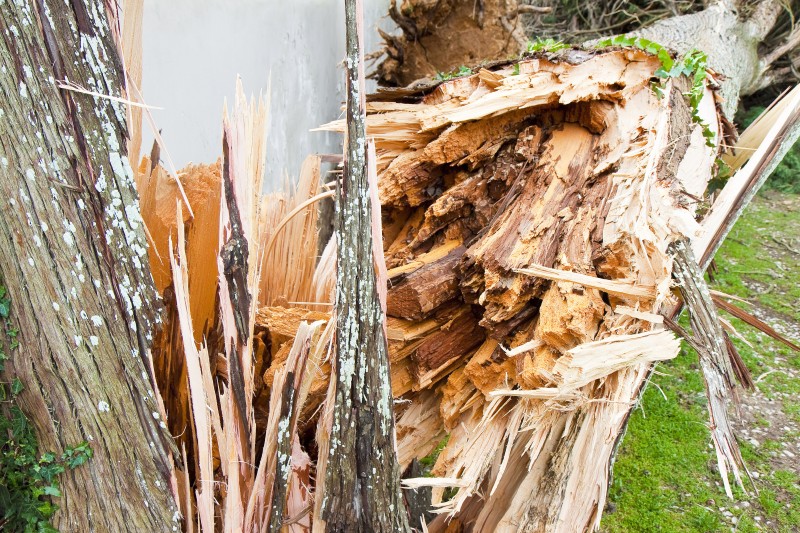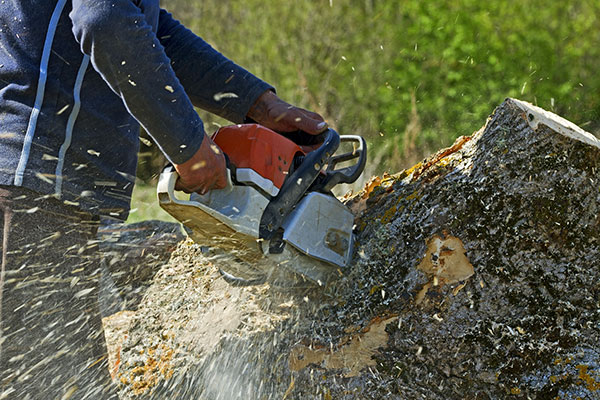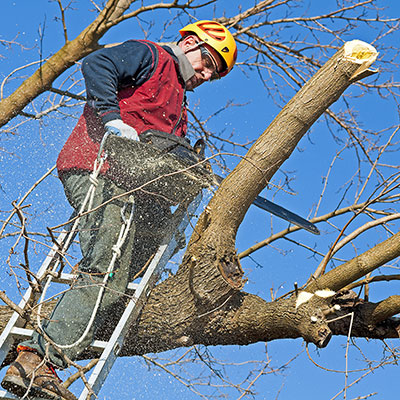There are many situations in which tree removal in the Portland-Vancouver metro area becomes necessary, particularly whenever a tree becomes a hazard to people or property.
Other times it is because the tree is growing too close to power lines, or it its roots begin to damage your home’s piping or even foundation. On the flip side, it could also be because its root system has been already been significantly disturbed by nearby excavation.
Perhaps most commonly, removal is necessary because the tree is showing signs of disease or is dying of natural causes.
Signs of a Dying Tree
- Large dead branches
- Vertical cracks or seams in trunk
- Fungus growing near base
- Sudden sprouts coming from base
- Concentration of dead branches on one side of tree
- Large, old wounds that don’t seal
- Hollow sound when knocking
There are many other indicators your tree could be sick or dying.

Don’t Wait Until a Dangerous Tree is Too Unstable
At times there is no alternative but tree removal. Trees may become storm damaged or create a hazard to buildings, people and electrical lines. Dead, weak or insect-infected branches are a danger to your property, family and other trees. Removing several branches can often save a tree, but when the damage has severely weakened the tree, sometimes whole tree removal is the best option.

If a tree is diseased or dying, the “well we’ll just see what happens” mentality could:
- Allow the disease to spread to other trees
- Compromise the tree’s structural integrity to the point where it endangers others and also requires specialized procedures for removal.
Save money by addressing the problem while the tree can still be cut down using standard methods.
Tree Removal Should Be Done By A Professional
Our technicians are trained to evaluate issues and problems in trees to determine if a removal is indeed needed.
Our team prides itself in its transparency and in developing long-lasting relationships with Portland and Vancouver property owners. We are always upfront about risk assessment and the pros and cons of each removal.

Dangers of DIY Tree Removal
These days every homeowner is trying to pinch a few pennies– and many just like to take matters into their own hands. When the roof is leaking or a tree needs to be cut down, you might be tempted to do it yourself instead of paying more for professional services. But, just because you could probably get the job done on your own doesn’t necessarily mean it’s a good idea. Some things simply must be left to those with training and experience. It could be a matter of life and death.
Below are some of the potential risks involved with removing a tree:

Tree hazards can be hard to identify
The branches may look perfectly healthy, but they could be completely rotten and break with added weight on them. Some trees just aren’t safe to climb, so to avoid injury, professionals use specialized equipment to cut them down.
Ask anyone who works in a hospital emergency room or trauma unit about falling trees. It’s a daily occurrence for people who decided to get on ladders, climb a tree or on the roof to trim a tree, to show up needing emergency care. There’s a reason it’s listed as the number one cause of injury and dismemberment in the United States. Even seasoned professionals, who take all safety precautions and do this daily, are frequently injured during tree removal. If these guys are getting hurt, what are you doing in the tree, on the ladder, or on the roof?
Tree trimming tools are difficult to use
The tools used to remove trees can easily become a hazard if you’re not used to using them. Chain saws and hand saws can obviously inflict terrible harm, but so can ladders. People slip and fall from ladders every day, and one distraction or misstep could end in disaster. Certified arborists use these tools every day all year long and have specialized safety equipment to protect them during tree removal.


Falling trees are hard to control
YouTube is full of videos showing average folks cutting down trees that end up falling on their homes, their cars, and everything else. It’s not quite as simple as cutting a wedge out of the trunk and eye-balling the fall. You could misjudge the angle or underestimate the height of the tree and damage your property– or someone else’s. Even if you get it all right, the tree trunk could come back and hit you at the base.
Last month, KATU reported that a man in Crescent Lake, Oregon was cutting down a tree on his property when it fell on him, killing him. He had a rope tied to the tree and used his all-terrain vehicle to put tension on the line and direct its fall. But, that evening his wife found his body pinned under the tree, 20 feet from the base.
Many trained, experienced professional tree workers are injured on the job, and occasionally they also meet unfortunate ends. Tree work is dangerous work, and your life and property are more important than saving a little money. So, leave tree removal and grinding stumps to a Certified Arborist with liability insurance.
Make Sure the Tree Trimmer Is Licensed, Bonded, & Fully Insured
It is essential that you choose a tree care company that is licensed and bonded, as well as completely insured, with both liability insurance and worker’s comp.
Oddly enough, not all companies offer worker’s comp for their employees; this is not only irresponsible, but it also means that if the employee is injured, you could be responsible for their medical bill.
Inexpensive Tree Care is licensed, bonded, and fully insured; we have liability insurance as well as proper worker’s comp for all our employees. We have everything for both the state of Oregon and the state of Washington.
